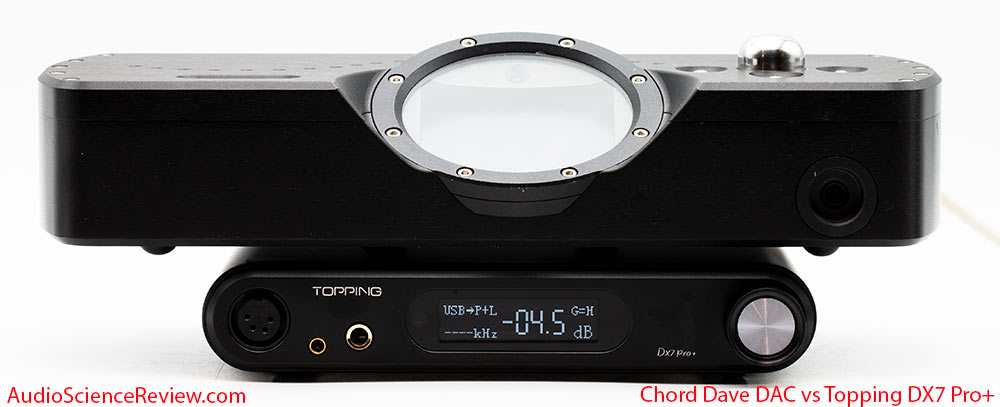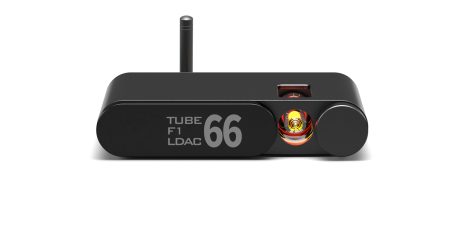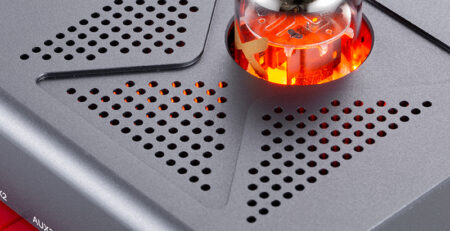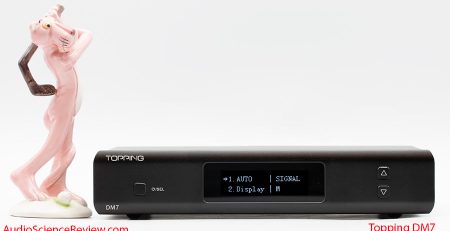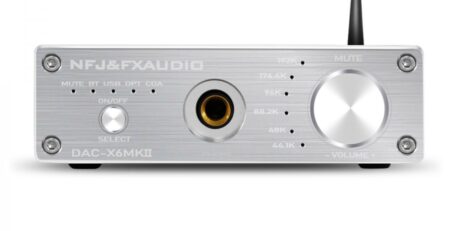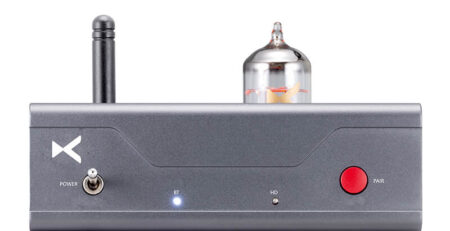Topping DX7 Pro+ $699,- easily outperforms the Chord DAVE DAC $6,725
DAC Noise Modulation: Chord DAVE vs Topping DX7 Pro+
In one of the Chord TT2 review thread, I was asked to comment on noise modulation claims by the product designer Rob Watts. I attempted to recreate his measurements and compare them to Topping DX7 Pro+ which I just reviewed.
Conclusions
This investigation of noise modulation shows that not only does the DAVE DAC perform worse than shown, but it also suffers from some noise modulation. While this noise modulation is slightly (0.5 dB) less than Topping DX7 Pro+, it happens at the threshold of hearing which may make it audible in pathological situations. Topping DX7 Pro+’s noise floor and modulation thereof is so far below audible threshold that it simply is not an audible concern in any contrived situation.
Maybe company’s claim that it is the best there is was due to understanding of DAC performance years back (Rob Watts’ post is from 2015 although renewed in 2021). This is certainly not true today where a $699 Topping DX7 Pro+ easily outperforms the DAVE DAC on both distortion and noise performance.
Company needs to provide comparative measurements to other current DACs before continuing to make such objective performance claims. And certainly not push points that are not the strength of its DAC, i.e. noise performance.
Bottom line, noise modulation is not a performance metric to worry about in well implemented DACs.

